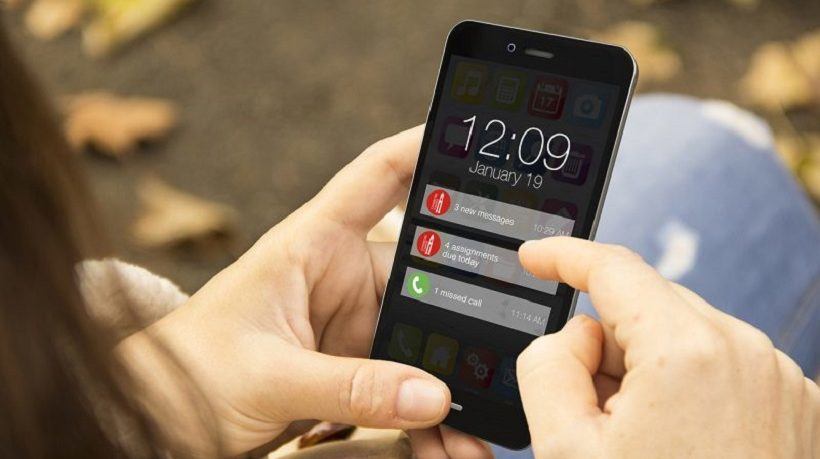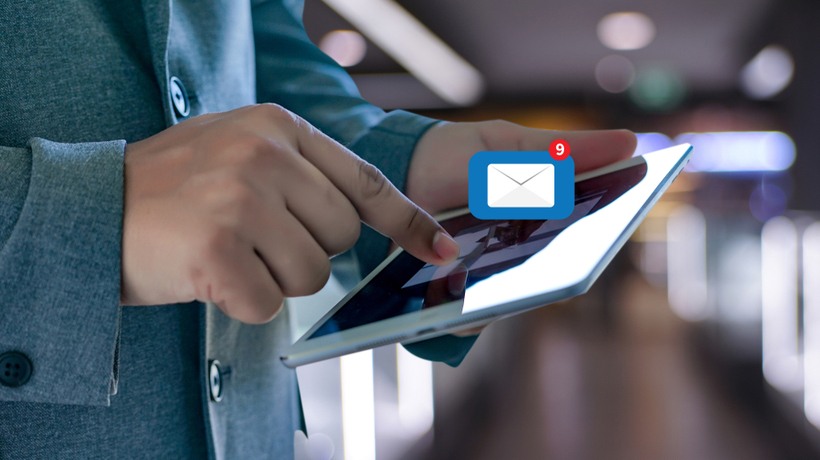Adopting Nudges: How To Improve Student Outcomes
“If you want to encourage people to do something, make it easy.”
So says Richard Thaler, a behavioral economist and professor at the University of Chicago who co-authored the 2008 best seller Nudge: Improving Decisions About Health, Wealth, and Happiness. Originally defined by Richard Thaler and Cass Sunstein, Nudge Theory “argues that positive reinforcement and indirect suggestions to try to achieve non-forced compliance can influence the motives, incentives, and decision making of groups and individuals, at least as effectively –if not more effectively– than direct instruction, legislation, or enforcement.” (Wikipedia). In summary, delivering advice when it is most meaningful and making resources easy to access result in more people taking action. This is what adopting nudges is about.
Is Educational Software Embracing Nudge Theory?
When looking for practices and solutions for improving student retention, most are focused on how institutions can identify at-risk students and deploy staff to intervene. Because these solutions rely on staff to review reports and contact students regularly, they have a high "unit cost" and their effectiveness depends highly on execution. And, because these solutions focus on at-risk students, the murky middle and high performers are ignored.
Fewer solutions capitalize on the availability of student data and student-facing technology to create and automate delivery of nudges. A smart solution using Nudge Theory can impact all students, not just those identified as at-risk, and do so without increasing staff or administrative burden.
I’m not the first to make the connection between Thaler’s Nudge theory and education. In 2015, the New York Times published the article Helping the Poor in Education: The Power of a Simple Nudge. In it, author Susan Dynarski states, “(Researchers) have identified behavioral ‘nudges’ that prod students to take small steps that can make big differences in learning”.
While research is providing support that adopting nudges can be effective at influencing student behavior positively, overall technology solutions in the education space aren’t capitalizing on this theory. Tom Vander Ark (August 2016) calls out learning platforms for largely ignoring the potential of using data to intelligently nudge the student to take action. “There is surprisingly little use of adaptive technology, data analytics, and smart nudges to improve learning behaviors.”
I was inspired by the TED Radio Hour What is a Nudge?, broadcast in June 2016 where Thaler outlines his Nudge Theory. As I listened to it, it occurred to me that nudging is a great description of what our solution, Connected Campus, does. Connected Campus makes it easy for the student to complete classwork on time, register for classes, engage with tutoring services, and connect with staff. By making it easy to remember and execute, Connected Campus nudges the student to take actions that contribute to successful college completion.
To make an action easy, Connected Campus does 3 things:
- First, we use student data to know when the student most needs something so that we limit recommendations to things that impact current circumstances. For example, we suggest Tutoring Services when we see the students grade slip in a class, not during orientation when they’re likely to overlook it.
- Second, we give the student single sign on/one click access to resources. To continue with the example above, the message suggesting Tutoring services is seamlessly presented so that no additional action is required of the student in accessing the resource.
- Finally, we reach the student in the way(s) they prefer to be reached – whether through Connected Campus, by text, or by email notification.
So, that makes sense. We nudge. Adopting nudges can make a proven difference.
But Just How Big Of A Difference?
In the TED Radio Hour interview Thaler shares the results of a 2013 Cornell University study which demonstrated apple consumption went up by 70% when schools switched from whole apples to pre-sliced apples. The schools made it easy for the student to eat the apple.
Ideas42, whose mission is to use the power of behavioral science to design scalable solutions to some of society’s most difficult problems, paired with Arizona State University to improve on-time completion of FAFSA applications with continuing students. Together they made it easier for the student by increasing the number of communications about the process during the application period - and included parents who often need to contribute information to the application. “The results were dramatic…half of the students filled out their form by the priority deadline.” (Kamenetz).
The application of nudge theory has been taking hold for prospects and admitted students. We see the evidence of this through examples of schools “combating the summer melt” to increase financial aid applications. But there are fewer instances of nudge theory for the enrolled student. Administrative and enrichment activities are a challenge for enrolled students, as much as admitted students. Applying nudges to things such as ordering books, re-applying for financial aid, and utilizing campus resource offices, promote student success and can represent critical milestones for the enrolled student. Education Technology Associates is embracing these concepts so that for both admitted and enrolled students, our Connected Campus solution drives student success – one nudge at a time.
Want to learn more about nudges and education?
“Nudge 2.0: A broader toolkit for lasting behavior change” by Cait Lamberton
“Why ‘Nudges’ to Help Students Succeed Are Catching On” by Beckie Supiano
References:
- Dynarski, Susan. Helping the Poor in Education: The Power of a Simple Nudge. The New York Times. The New York Times, 17 Jan. 2015. Web. 10 Aug. 2016.
- Kamenetz, Anya. Scientific Secrets To Keep Kids In College. NPR. NPR, 6 Aug. 2016. Web. 10 Aug. 2016.
- Vander Ark, Tom. 8 Learning Platform Observations, 8 Start Up Signals. Getting Smart. N.p. 13 Aug. 2016. Web. 18 Aug. 2016.
- "What Is A Nudge?" TED Radio Hour. NPR. 24 June 2016. NPR. Web. 10 Aug. 2016. Transcript.








